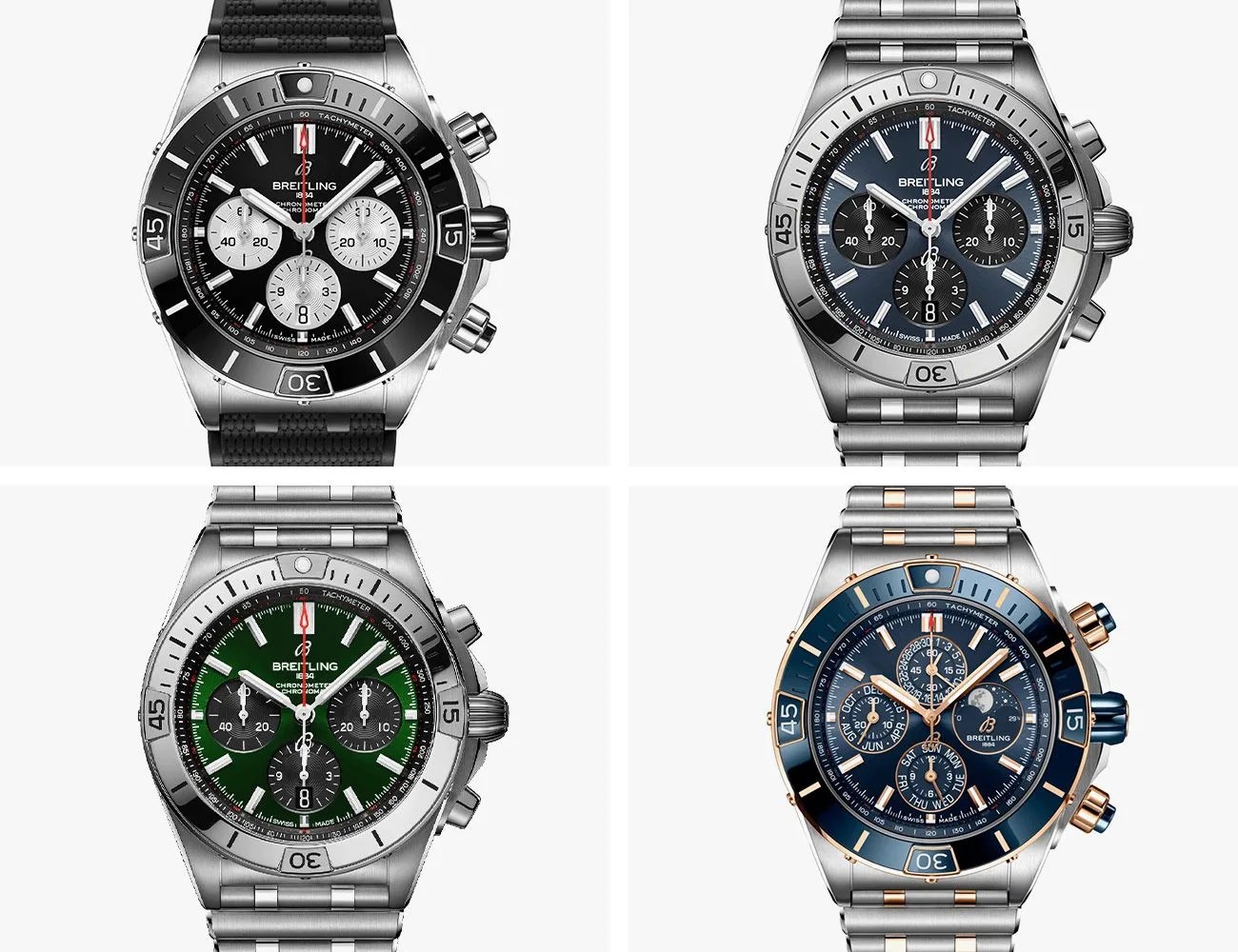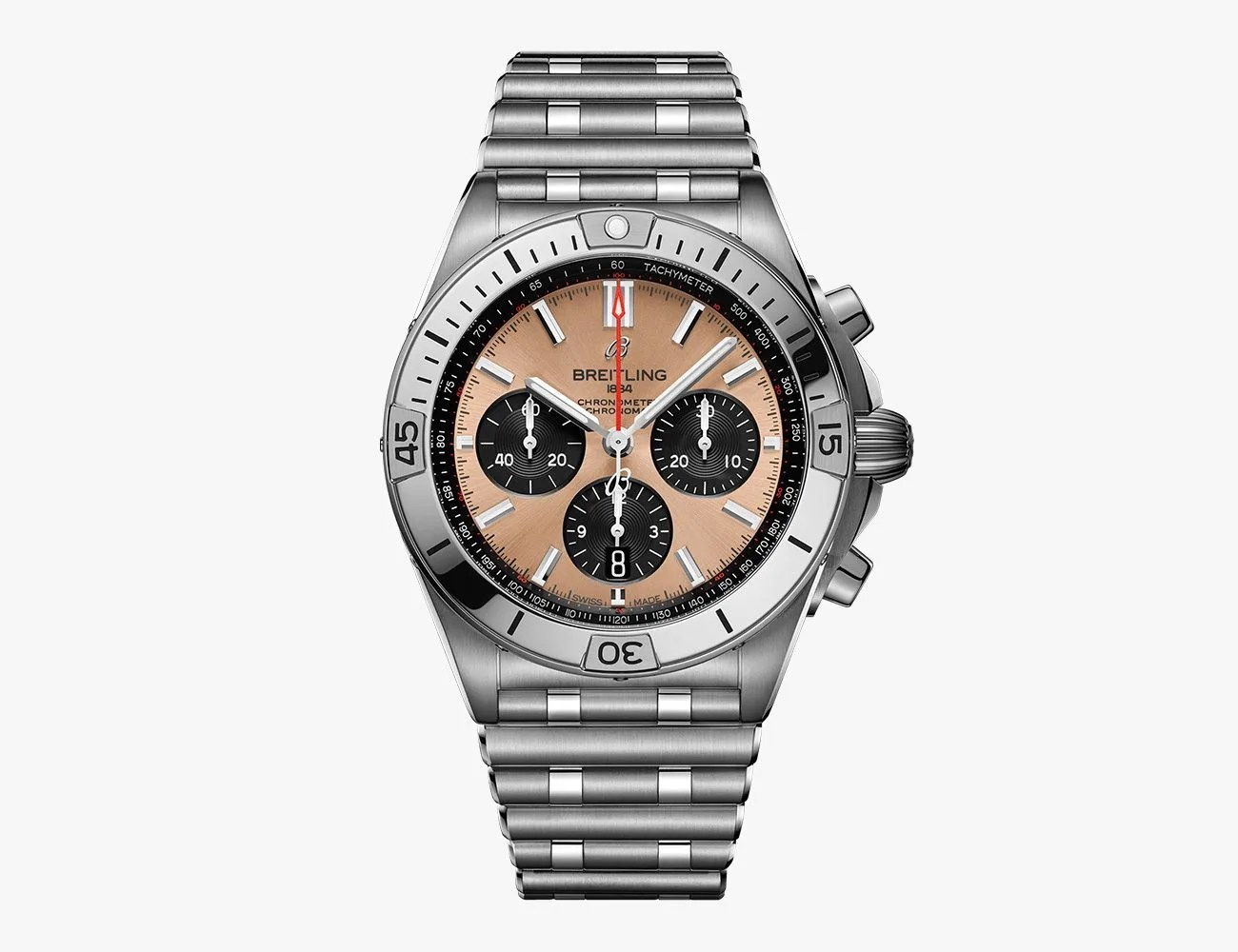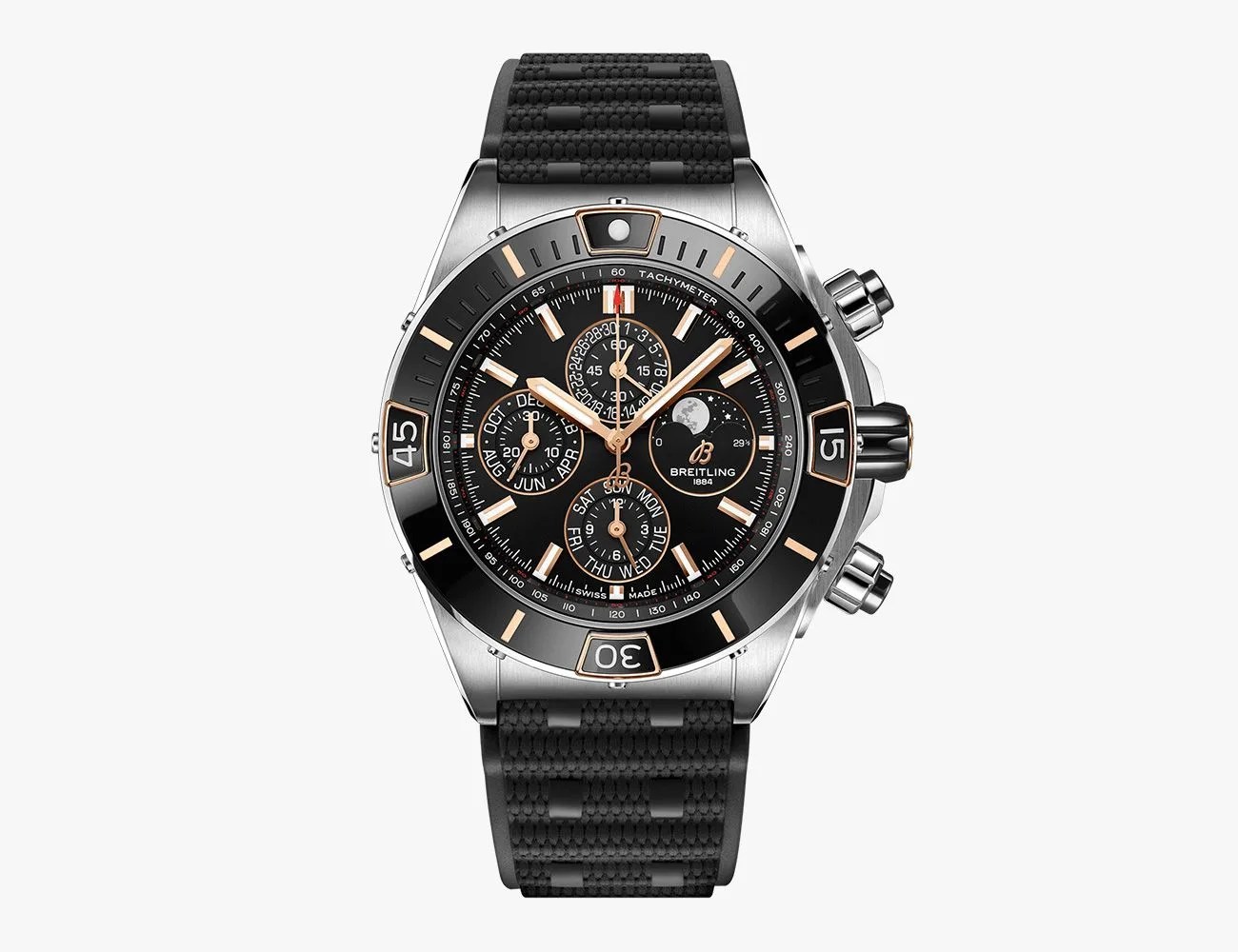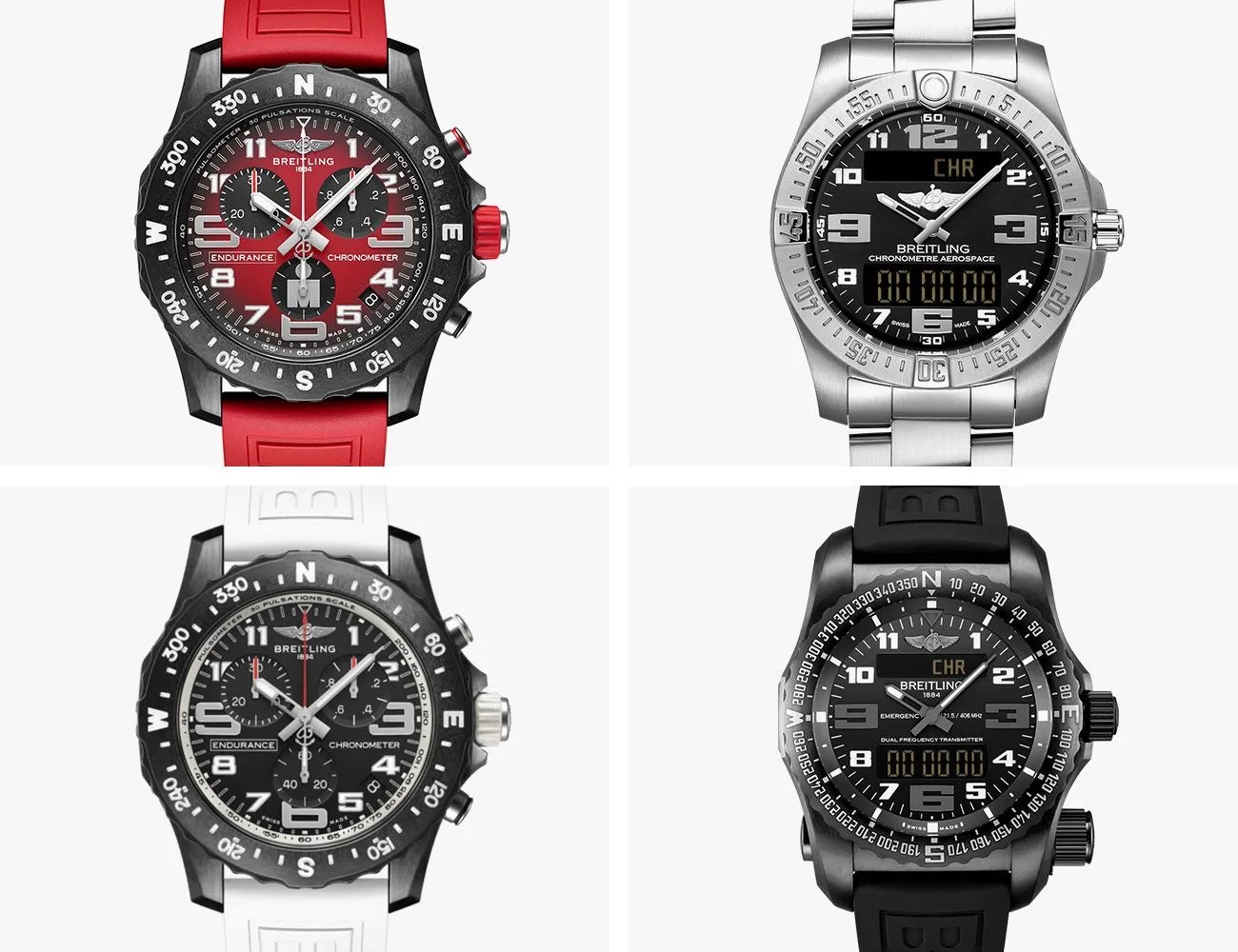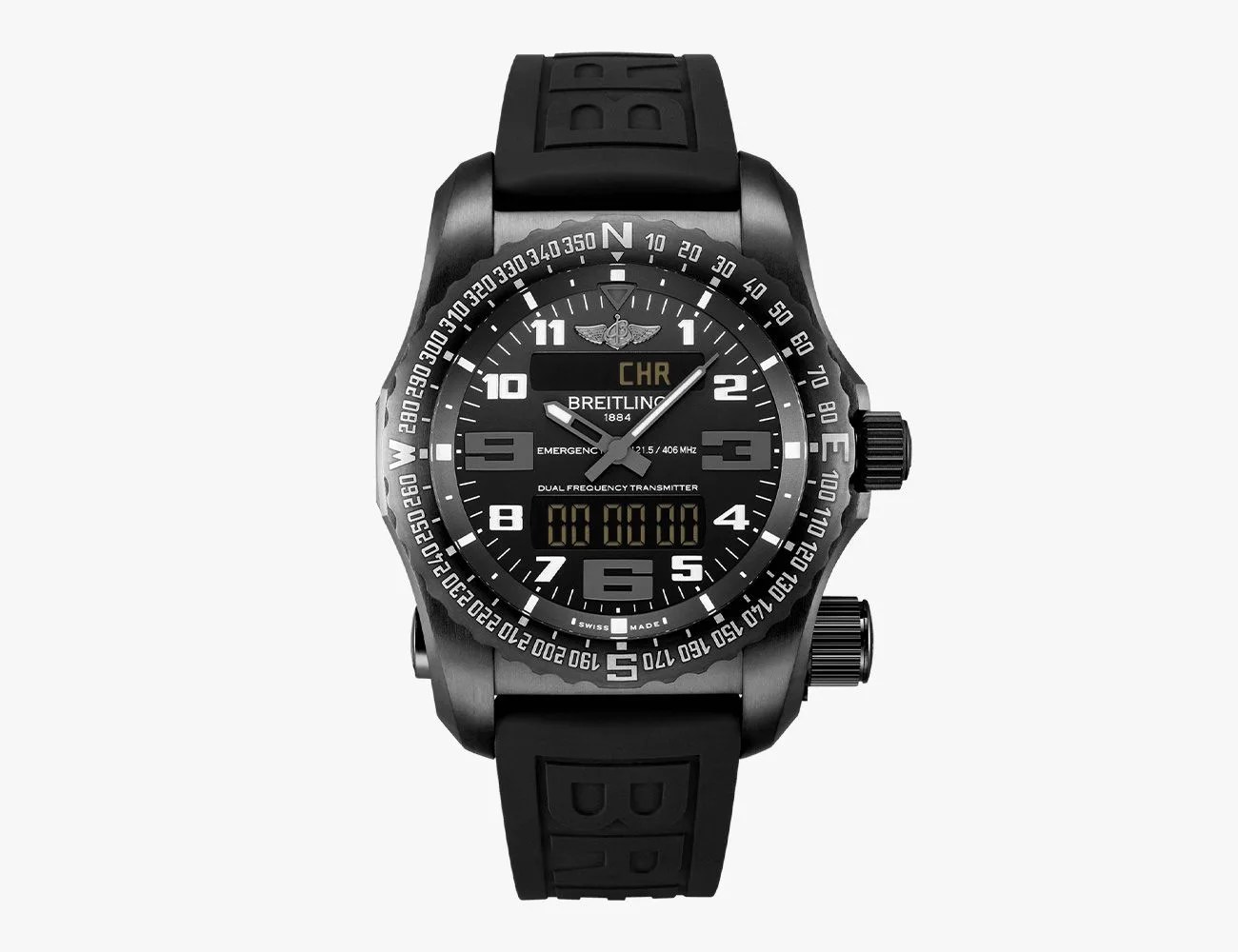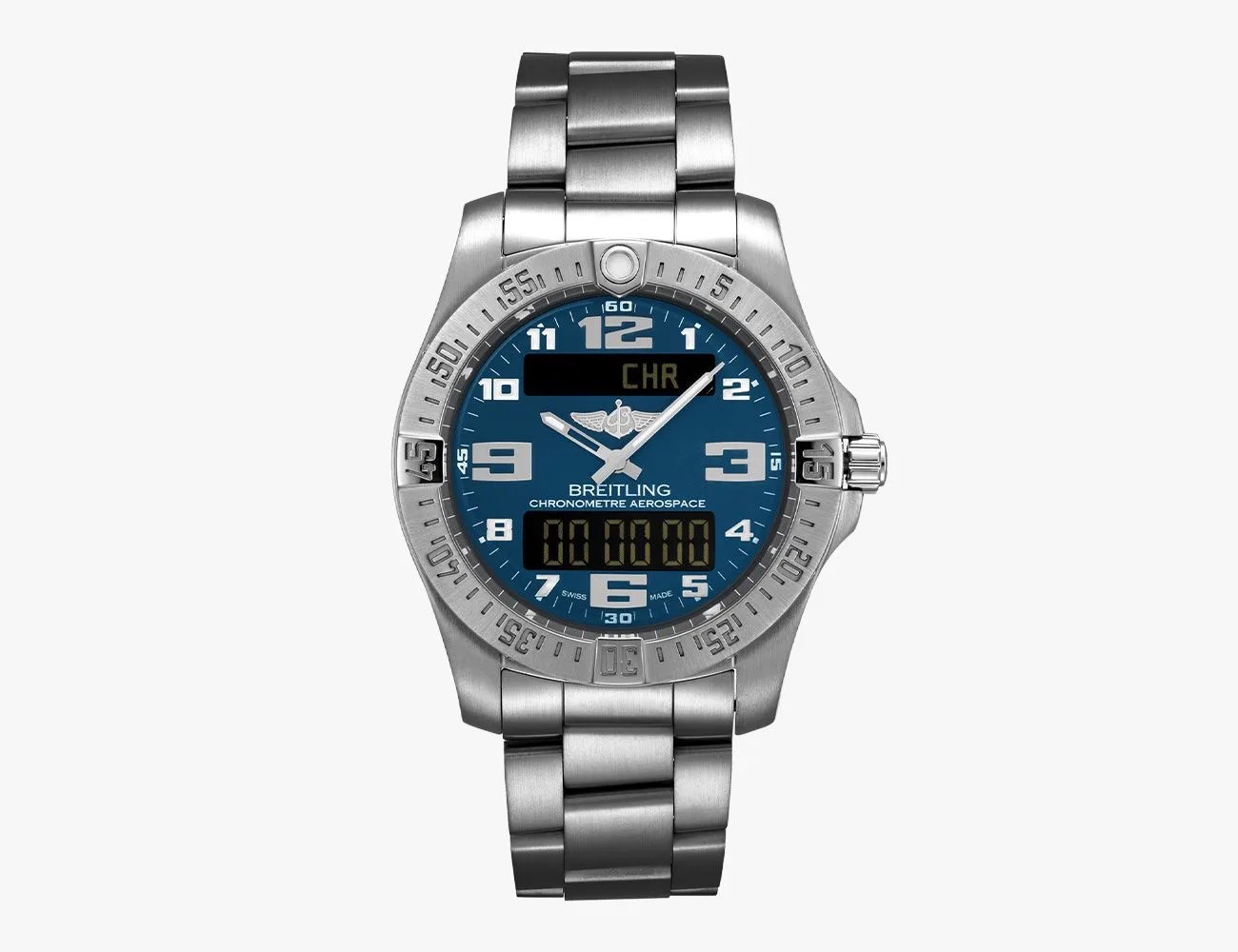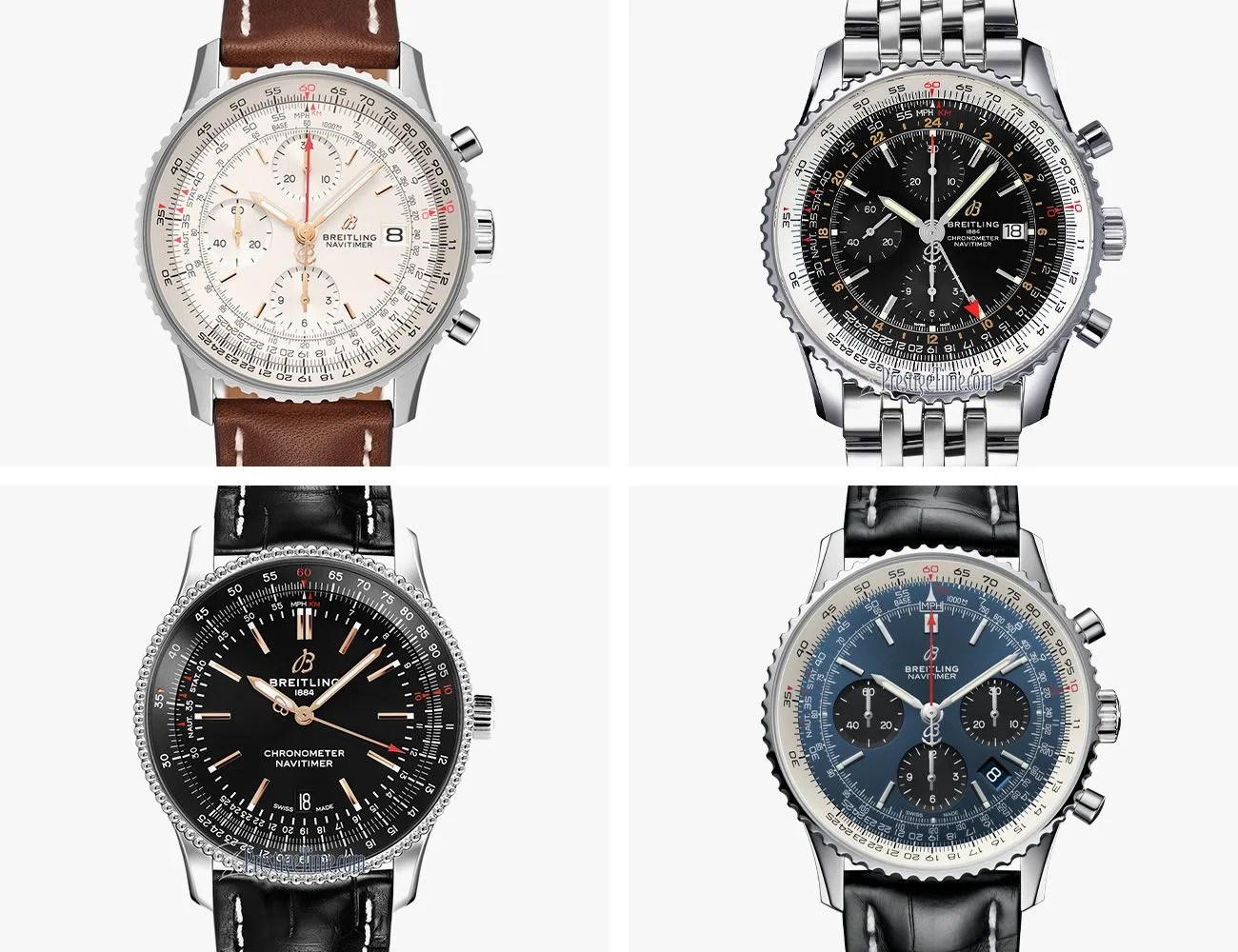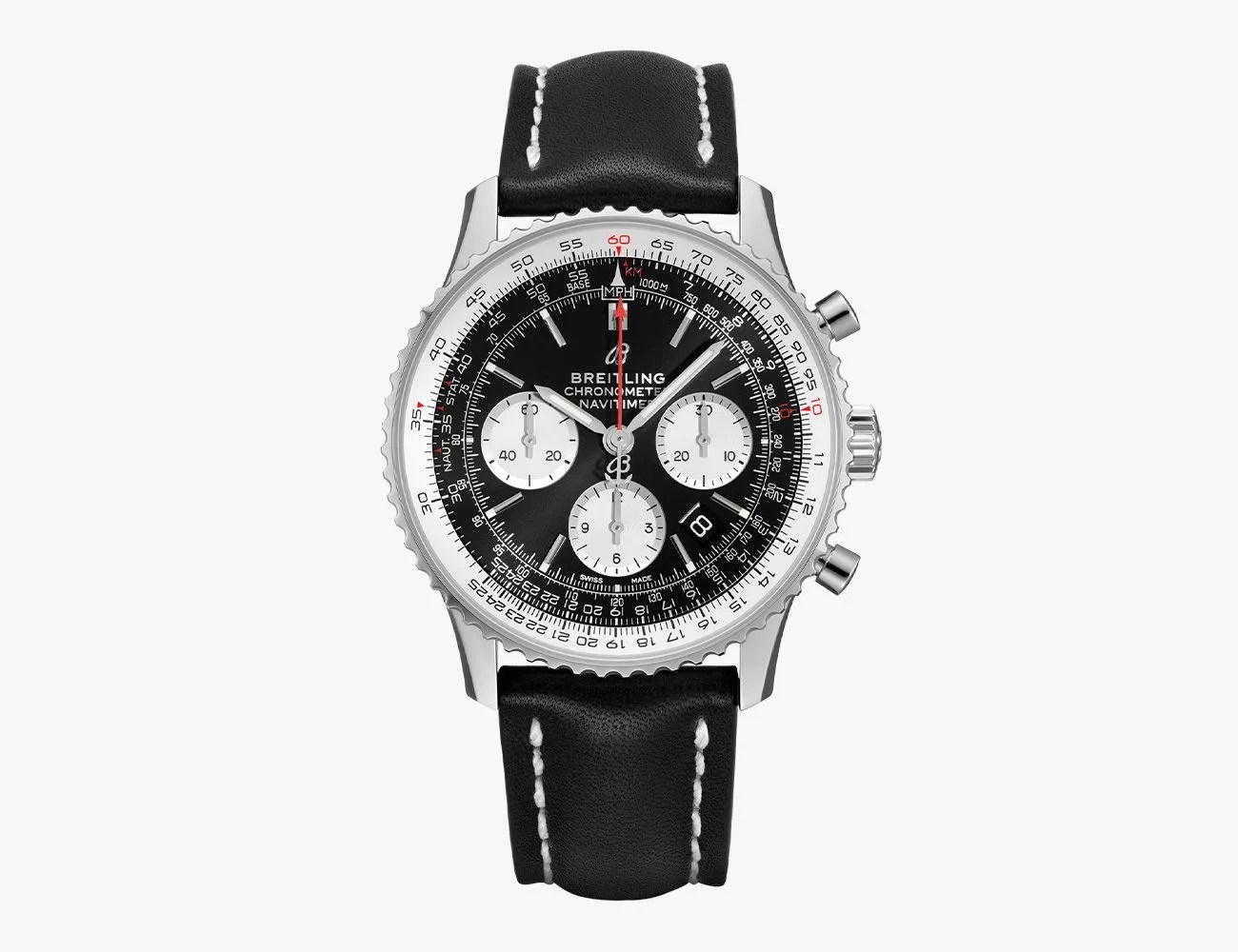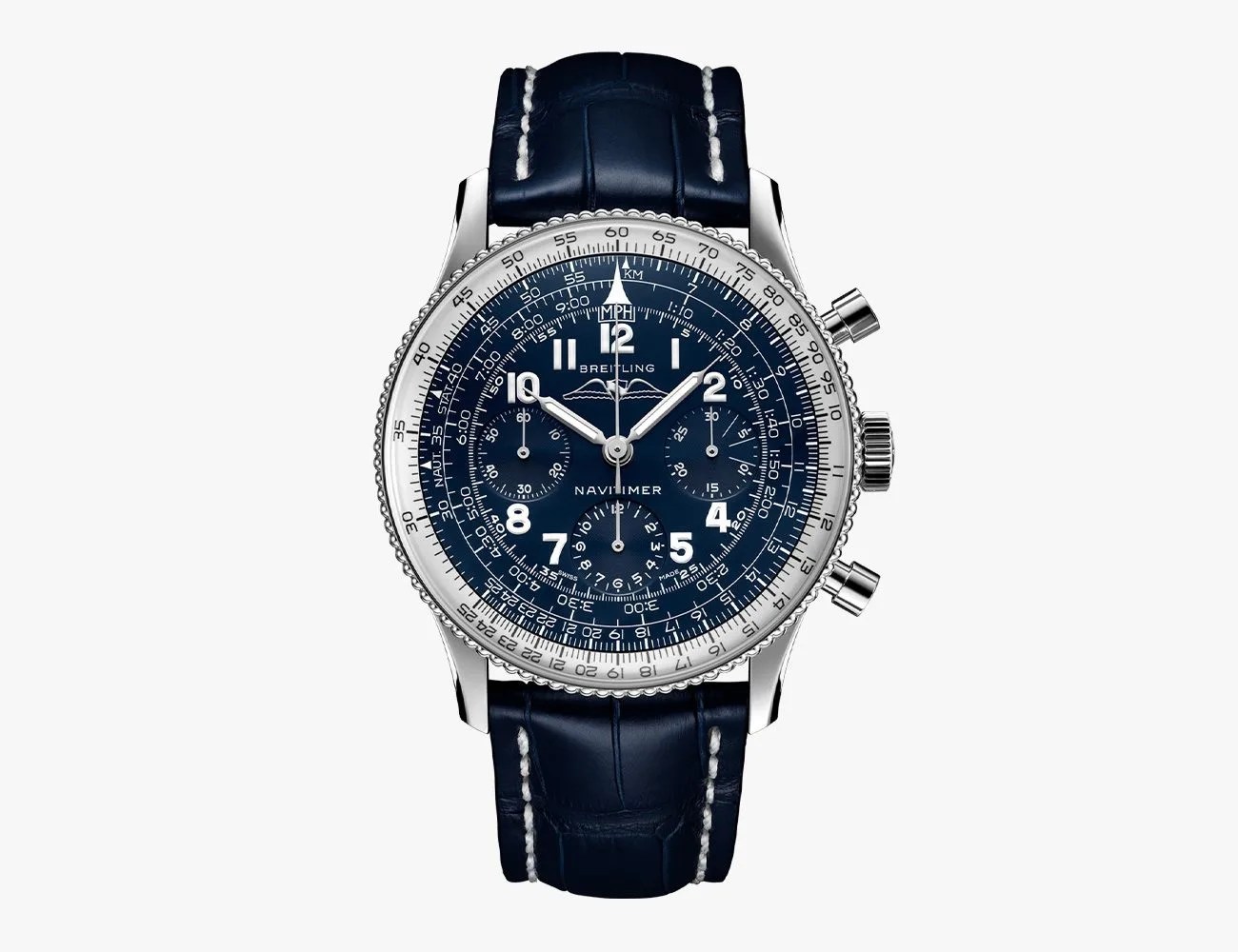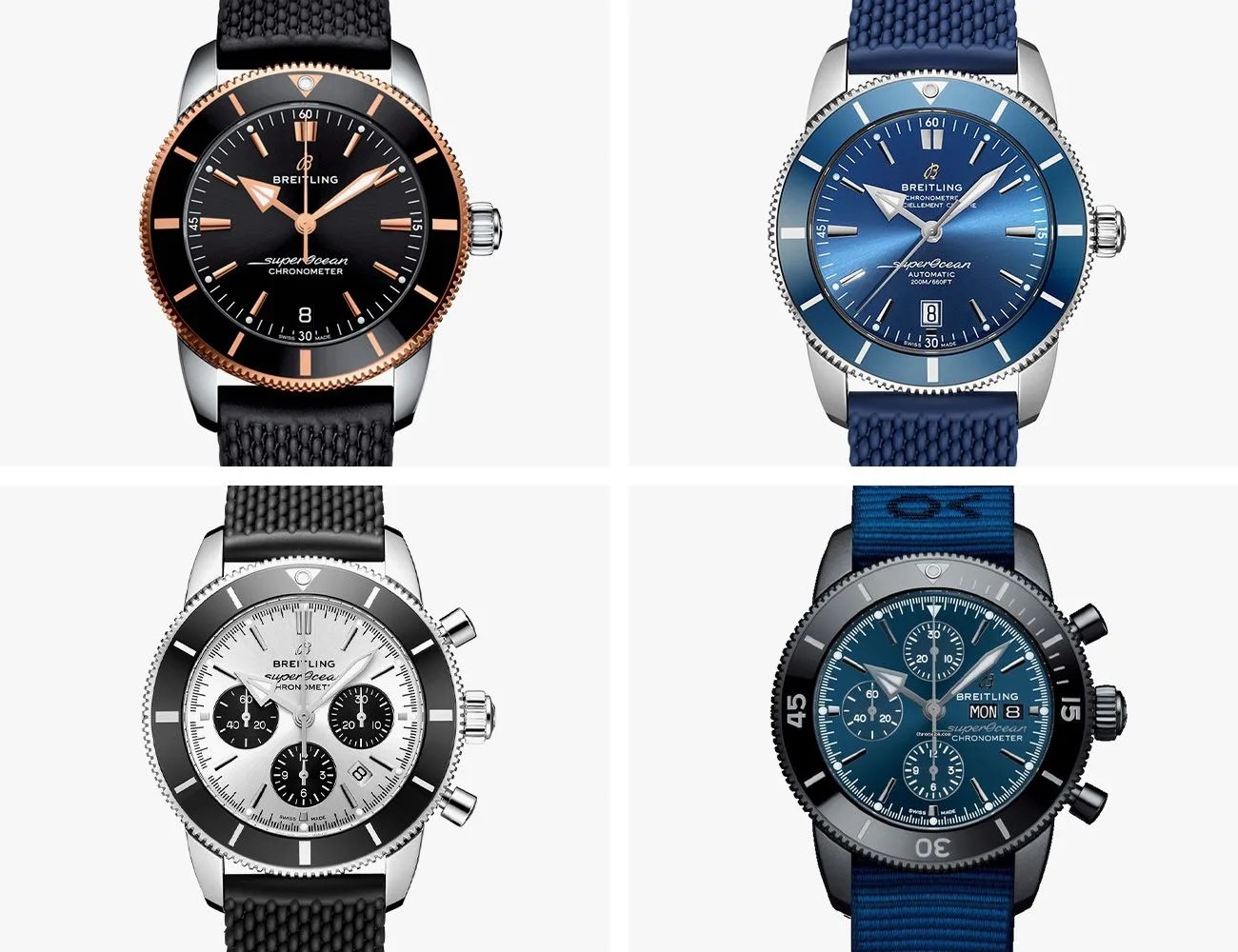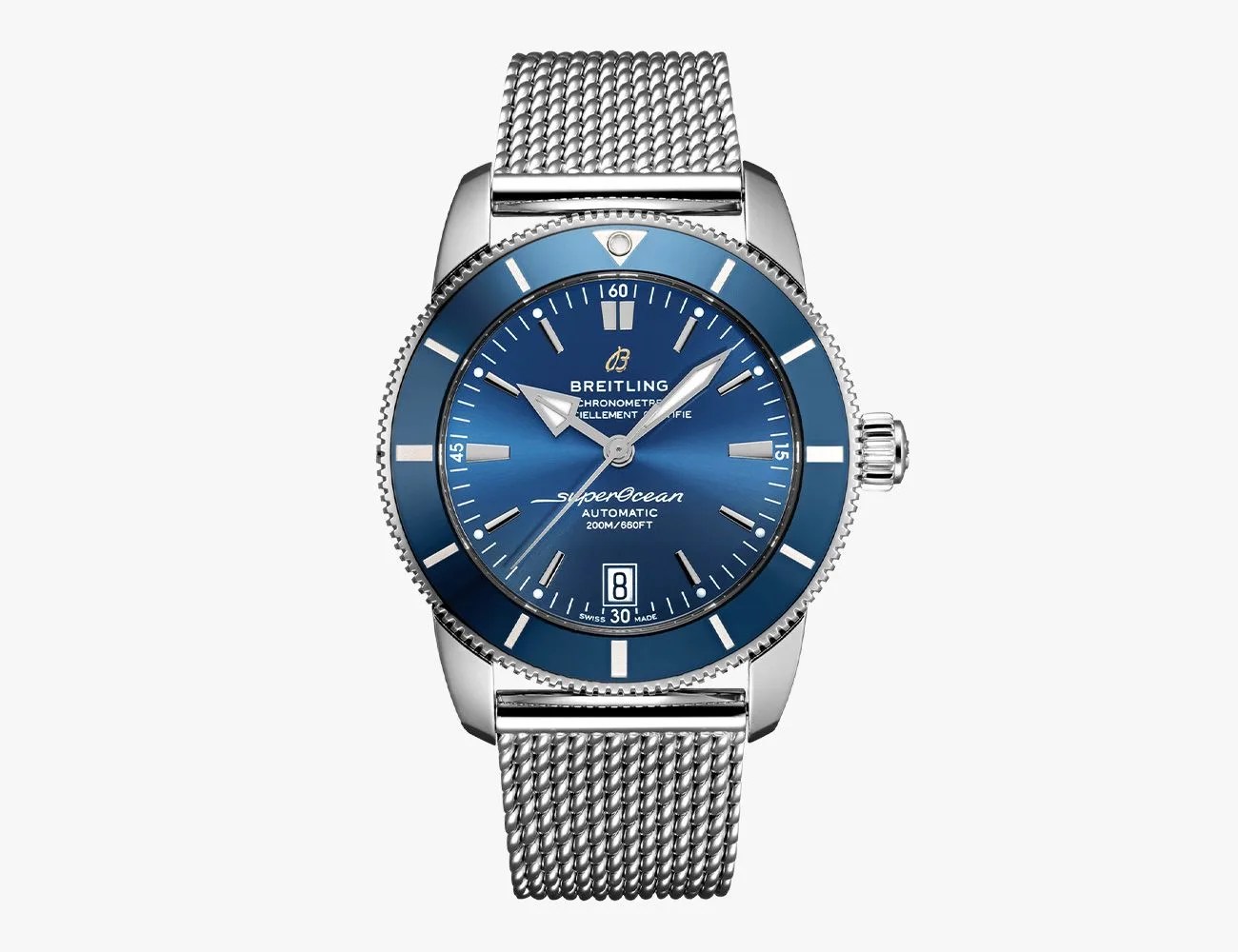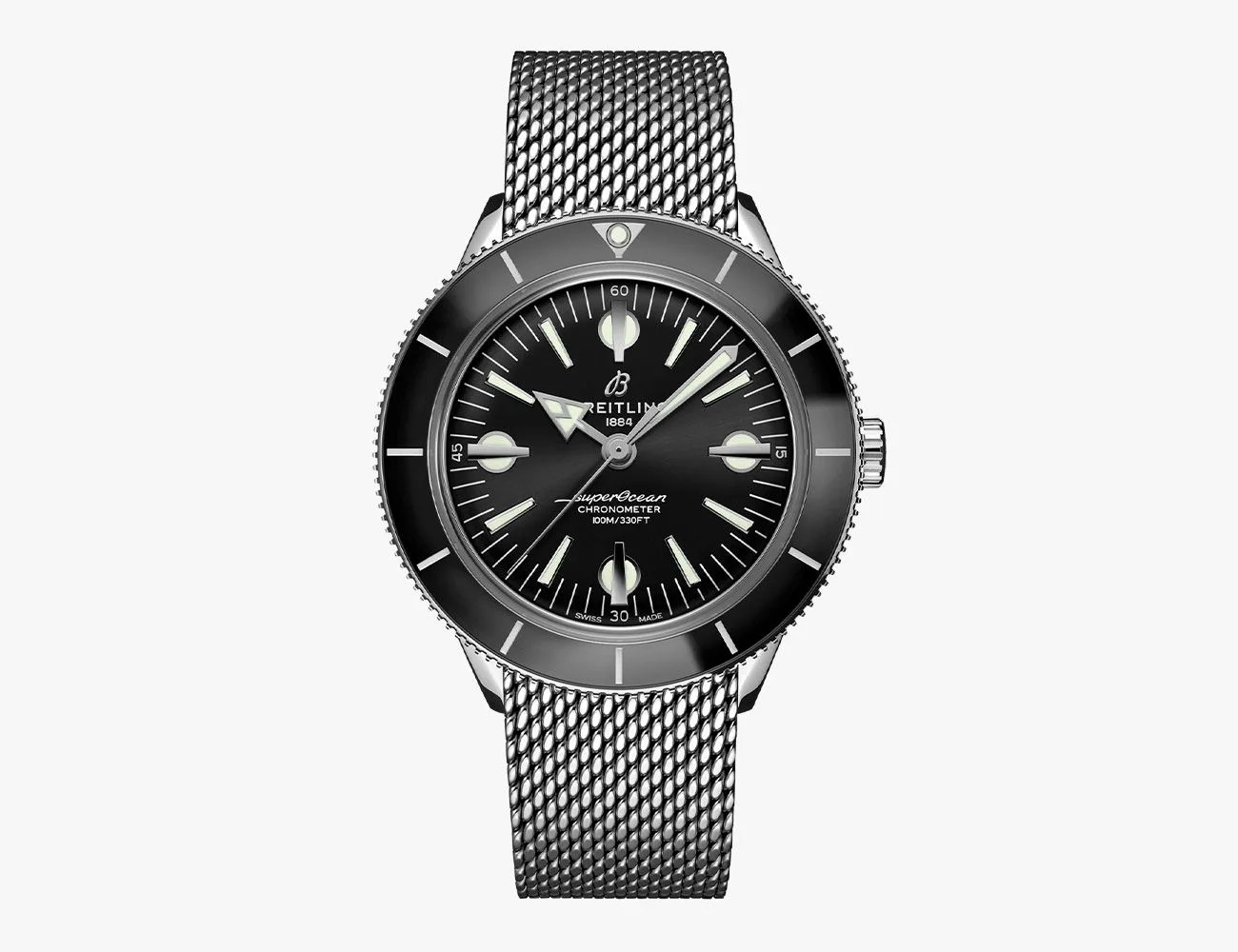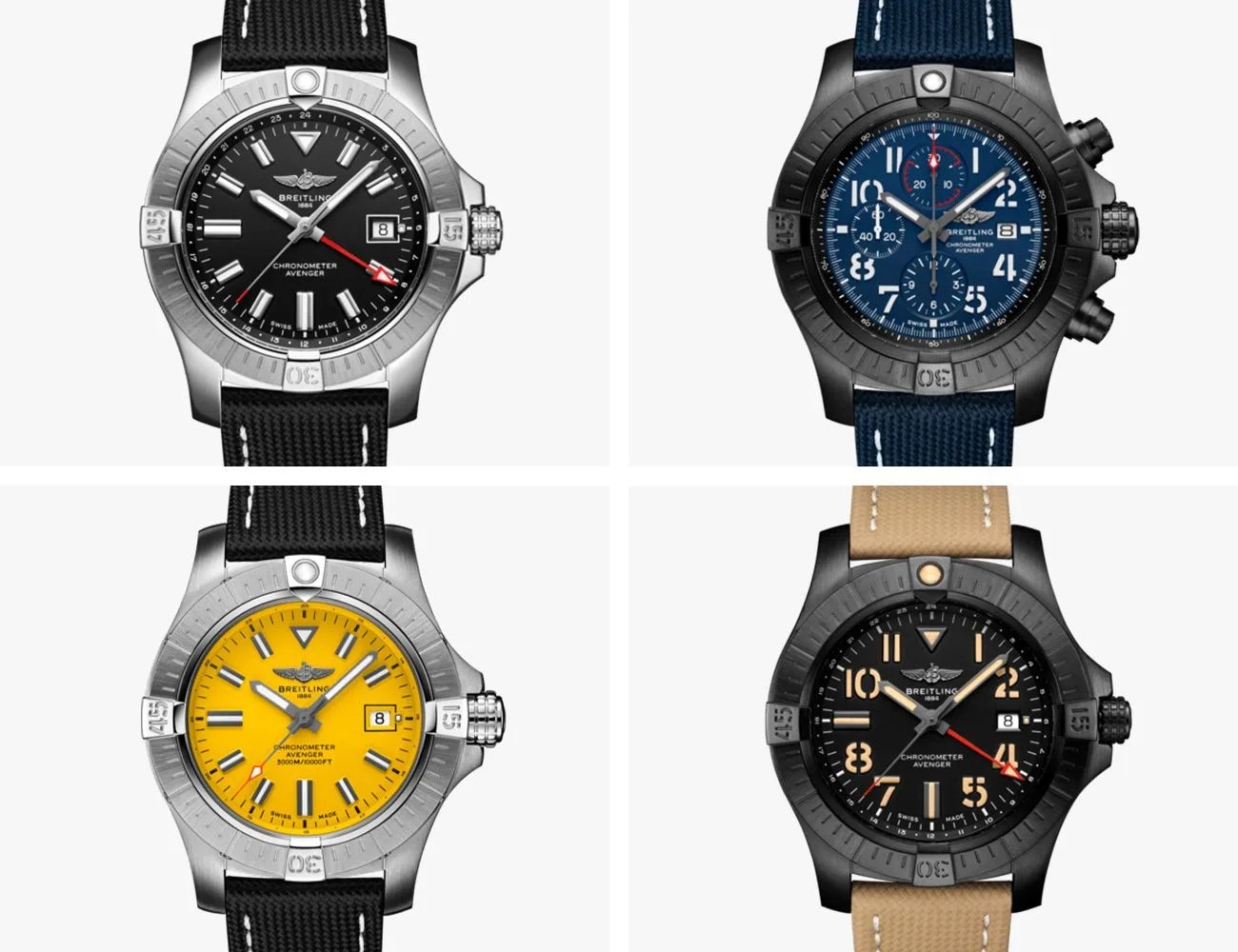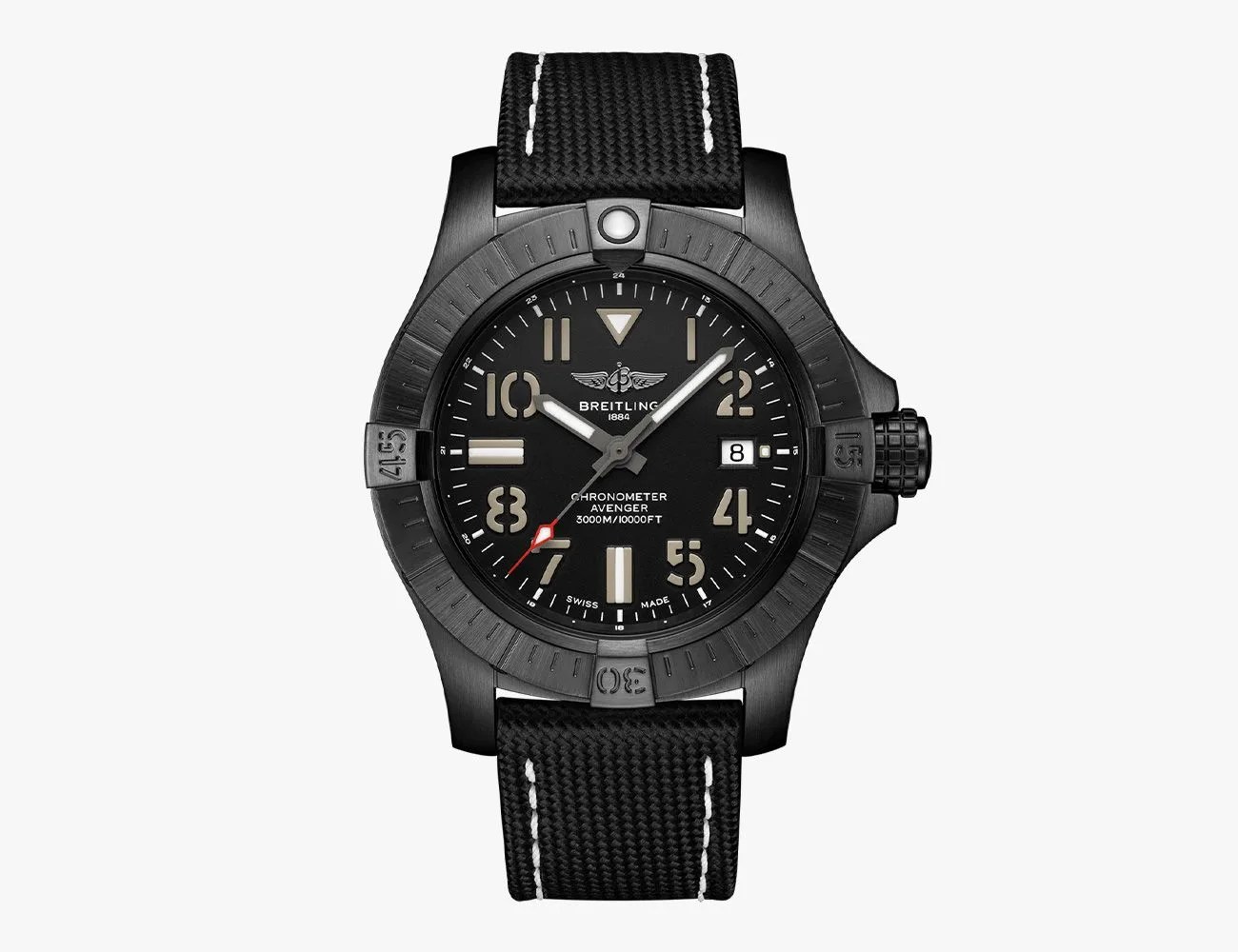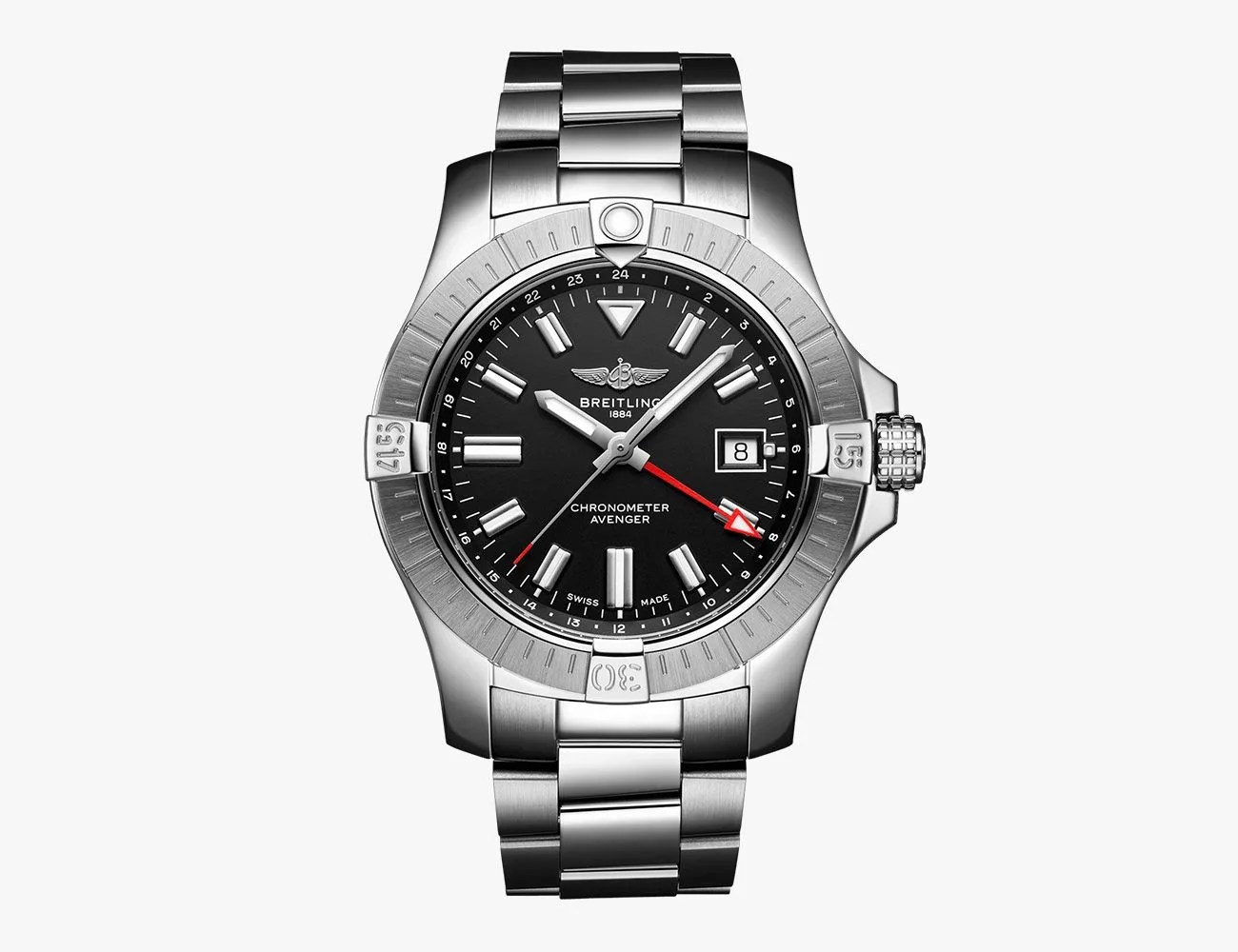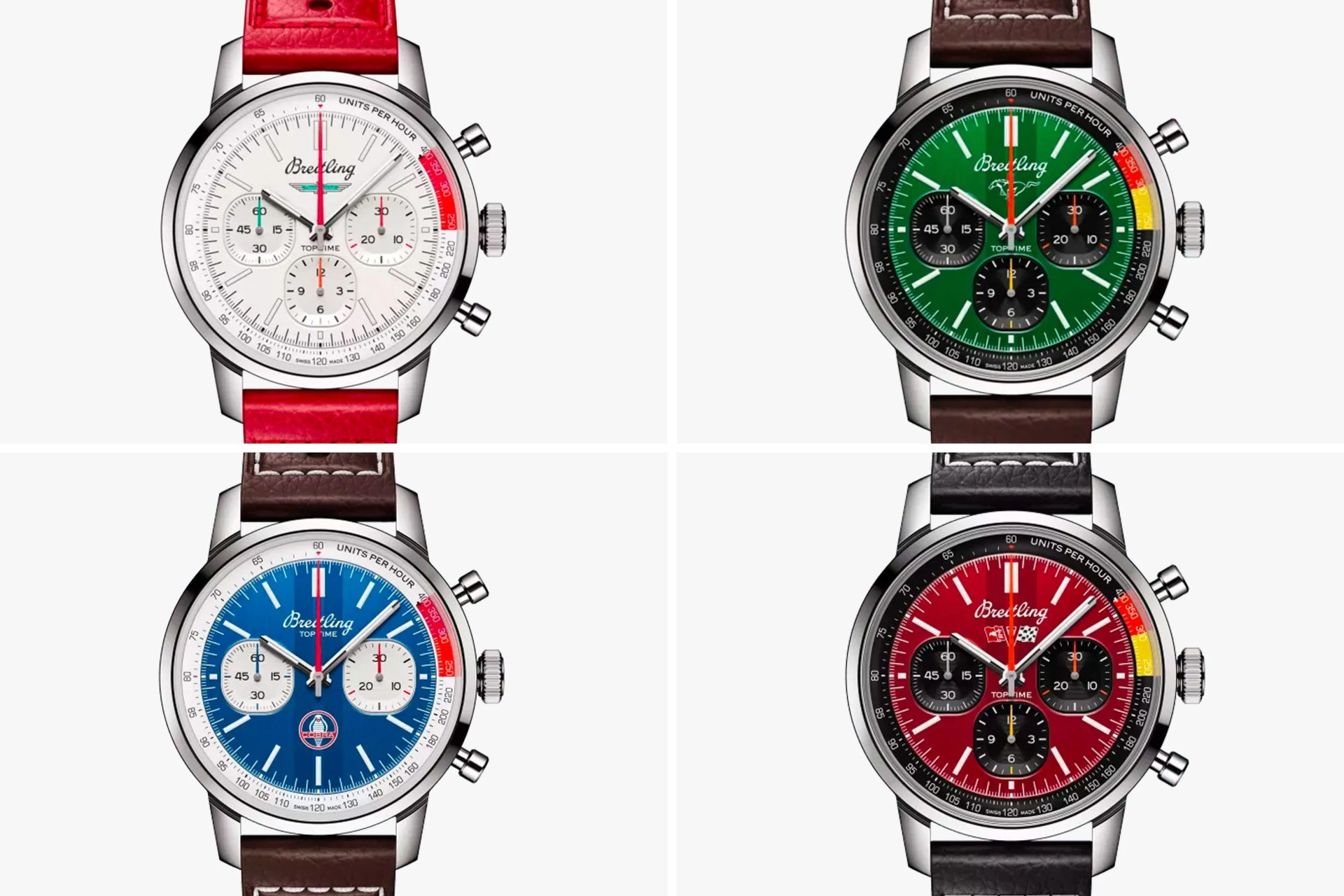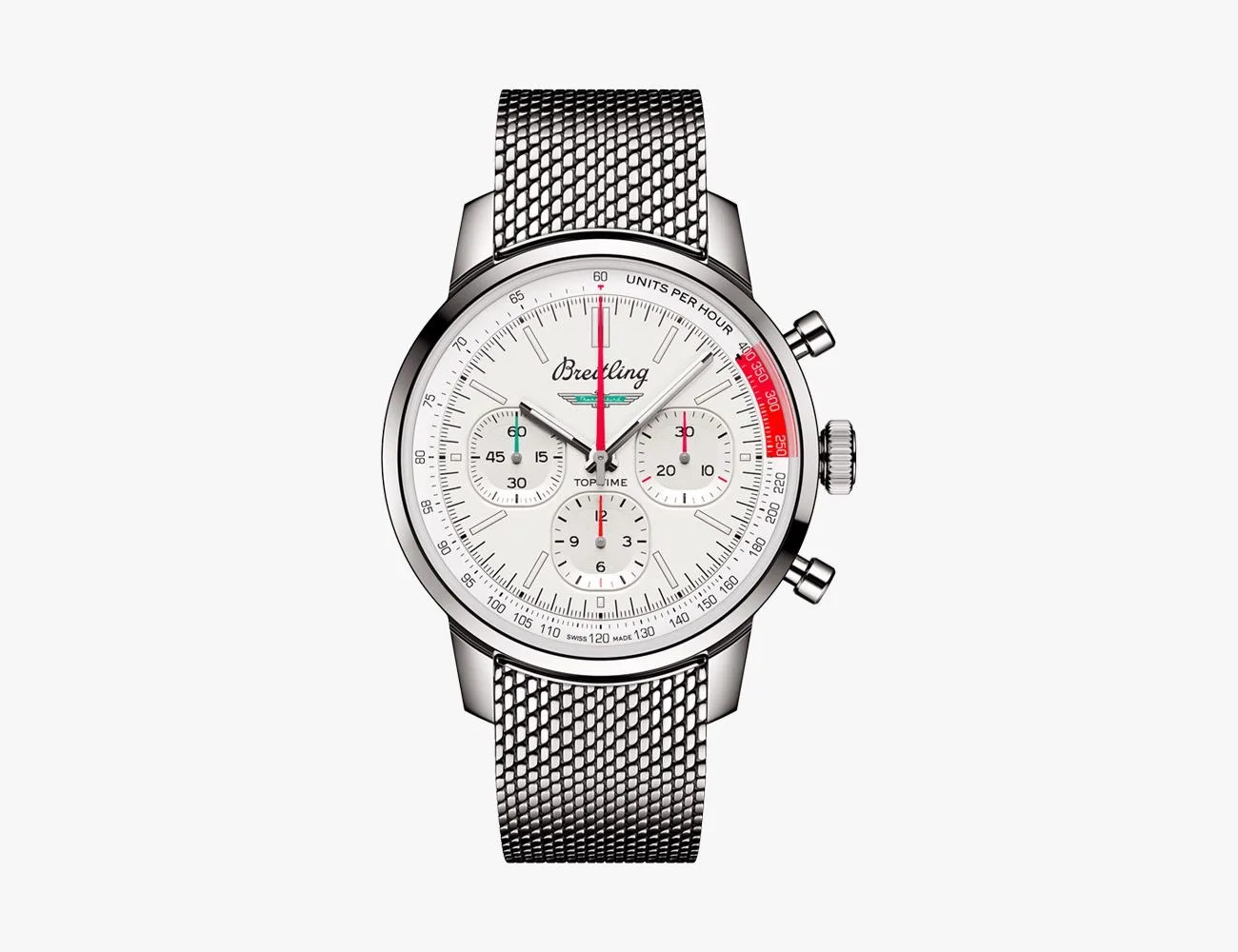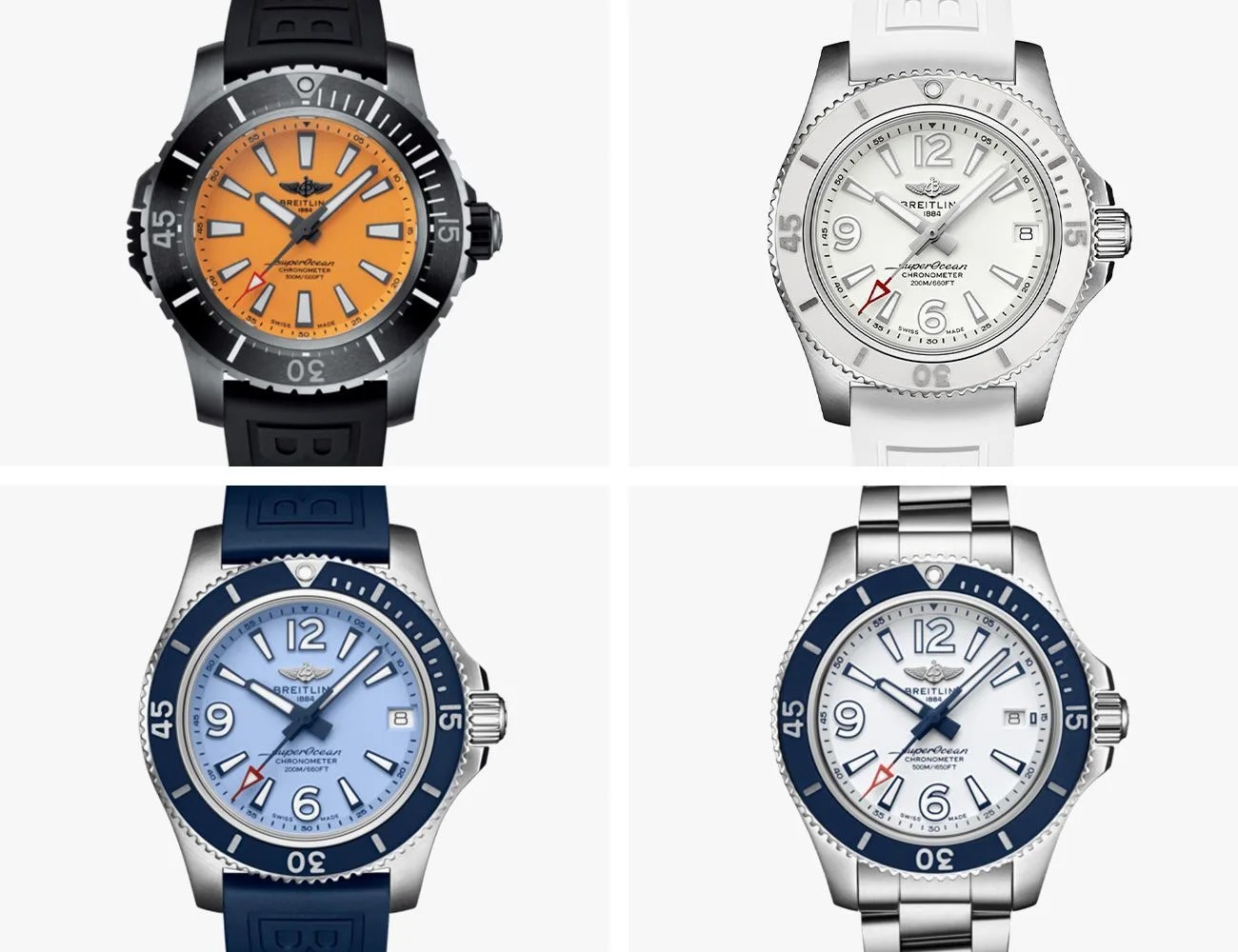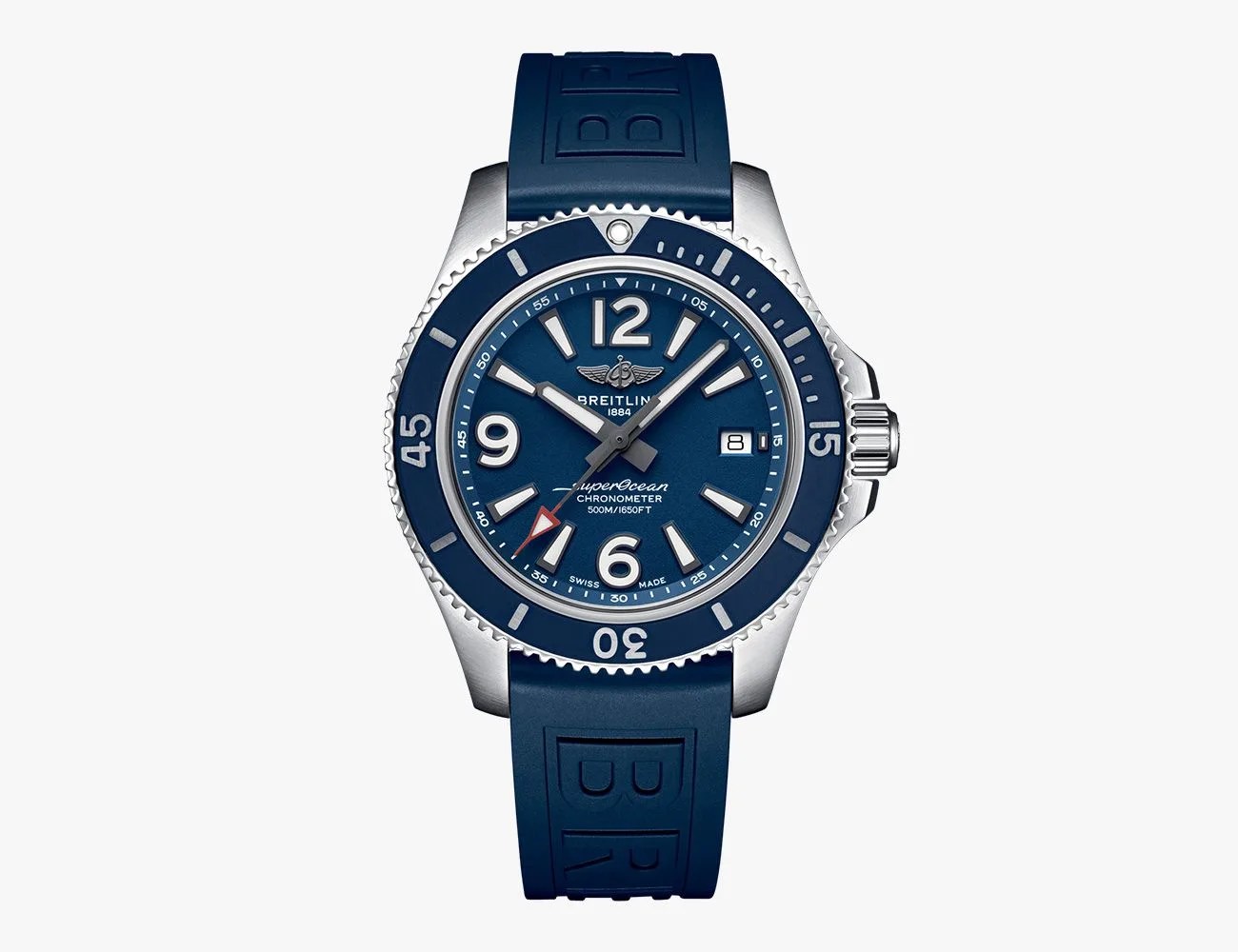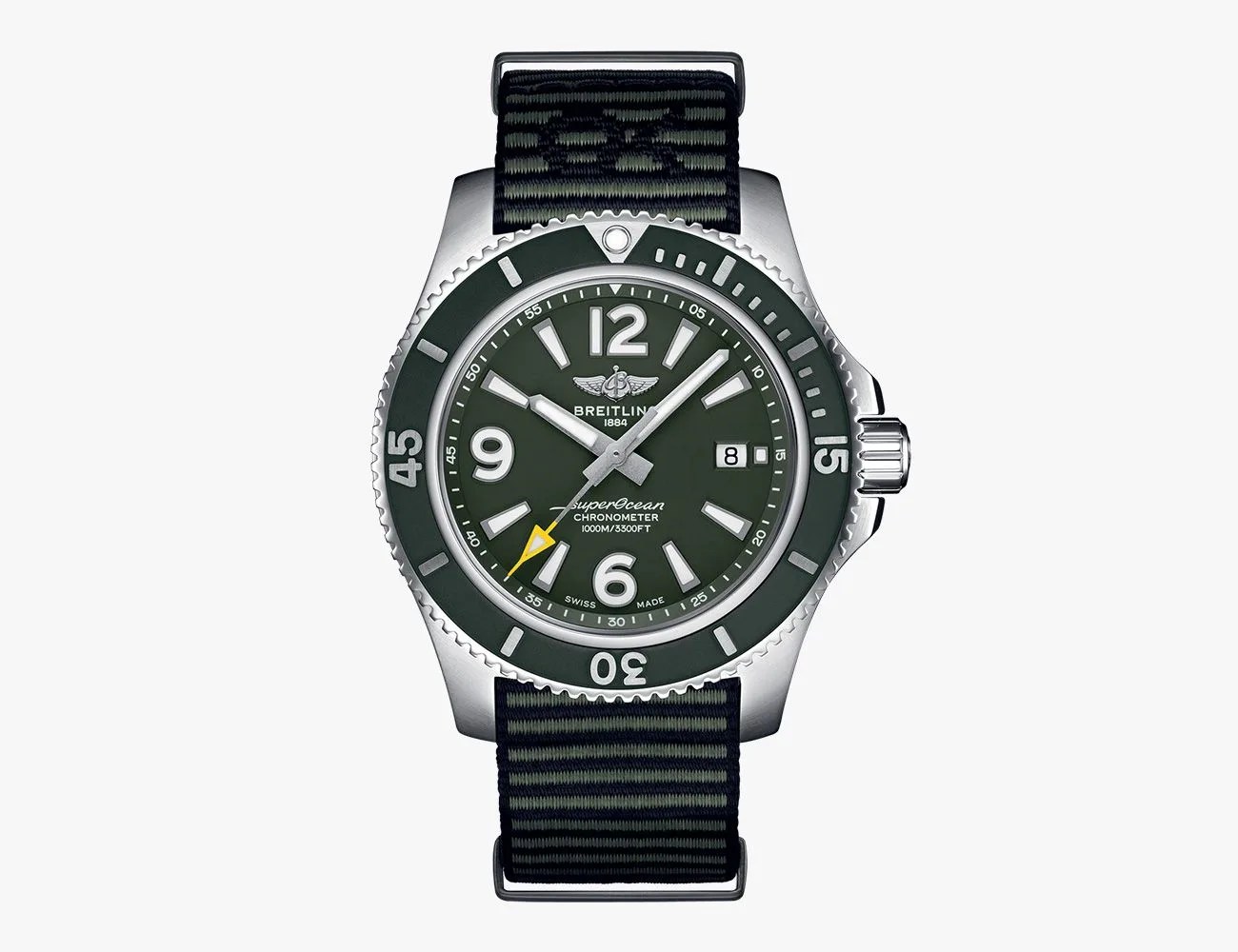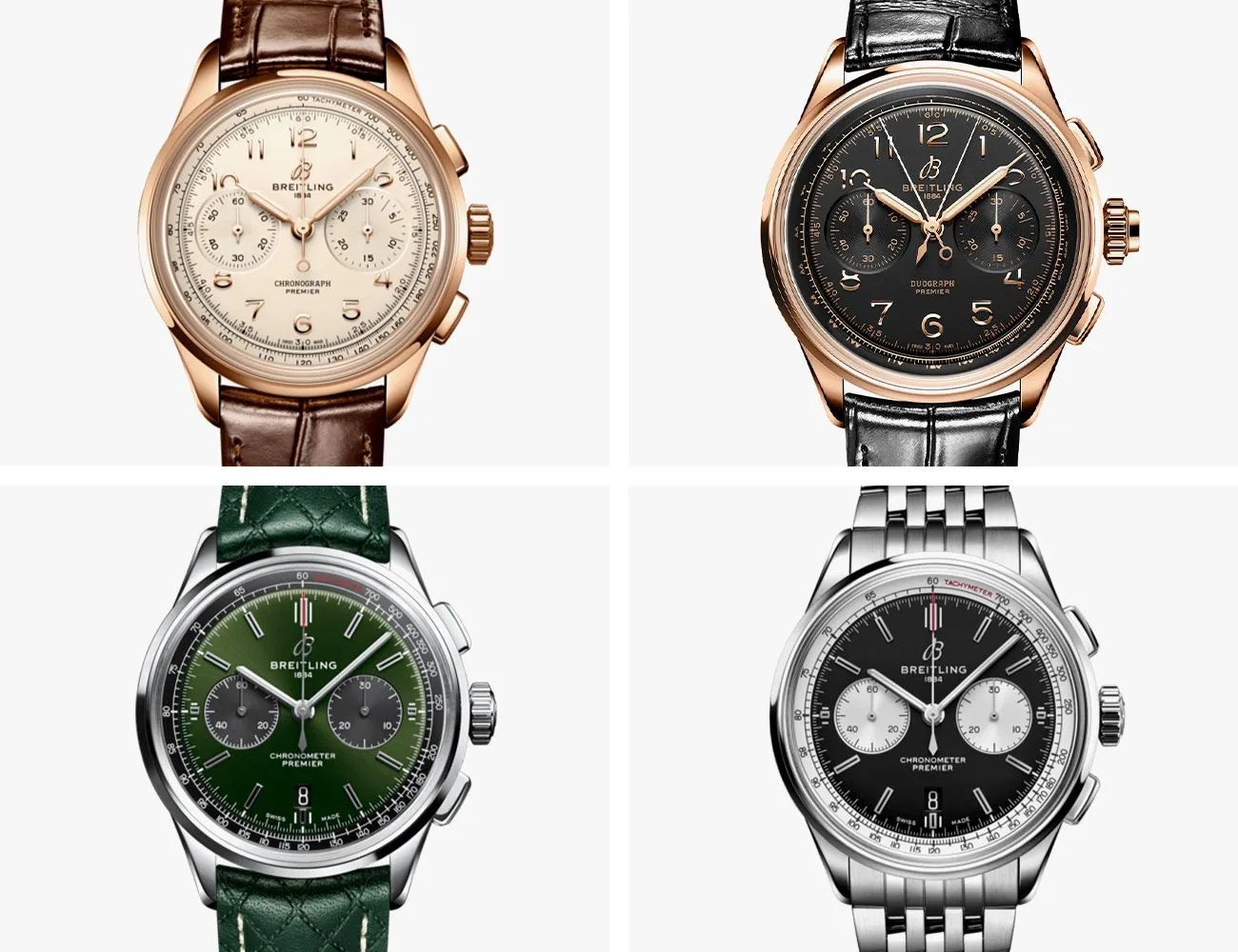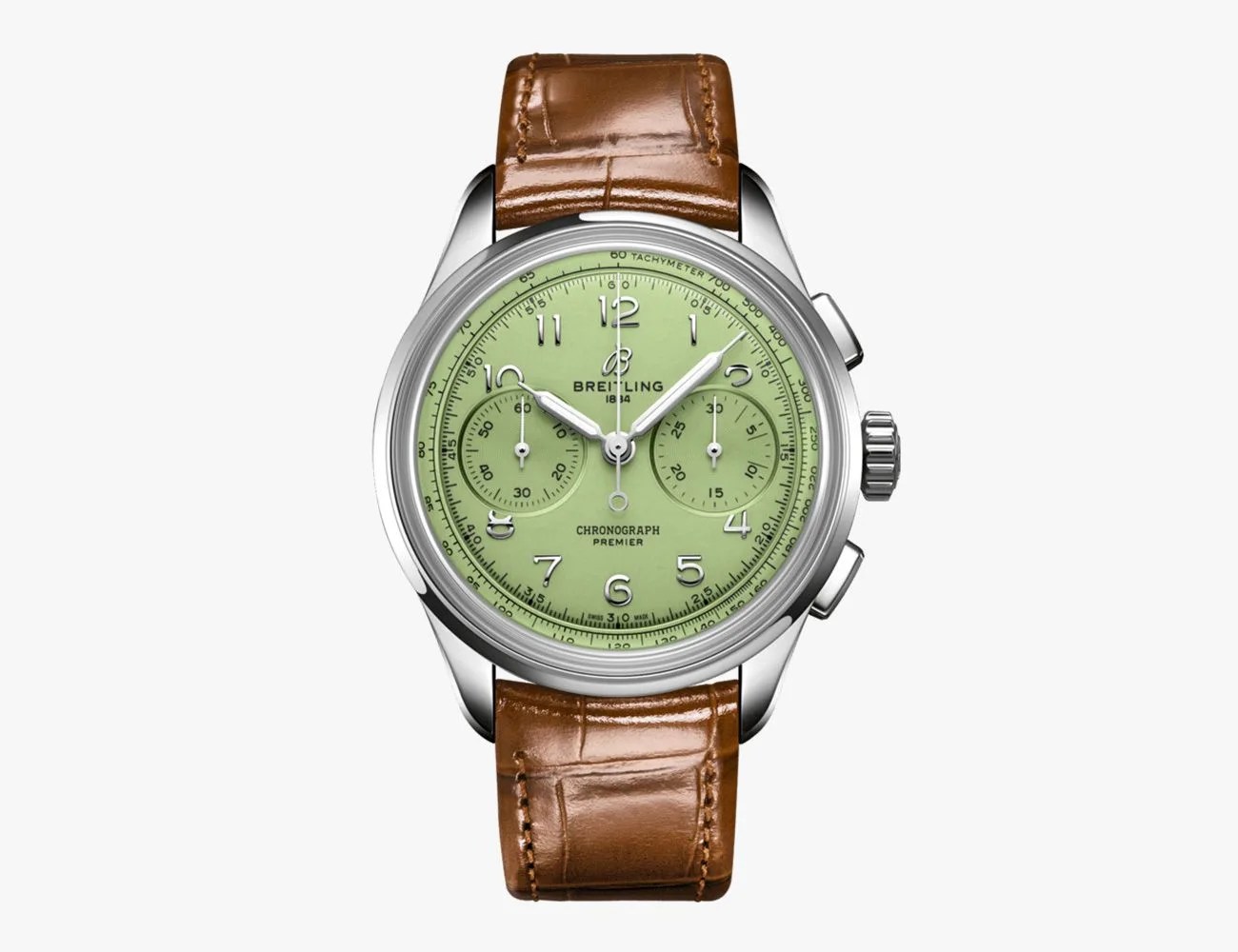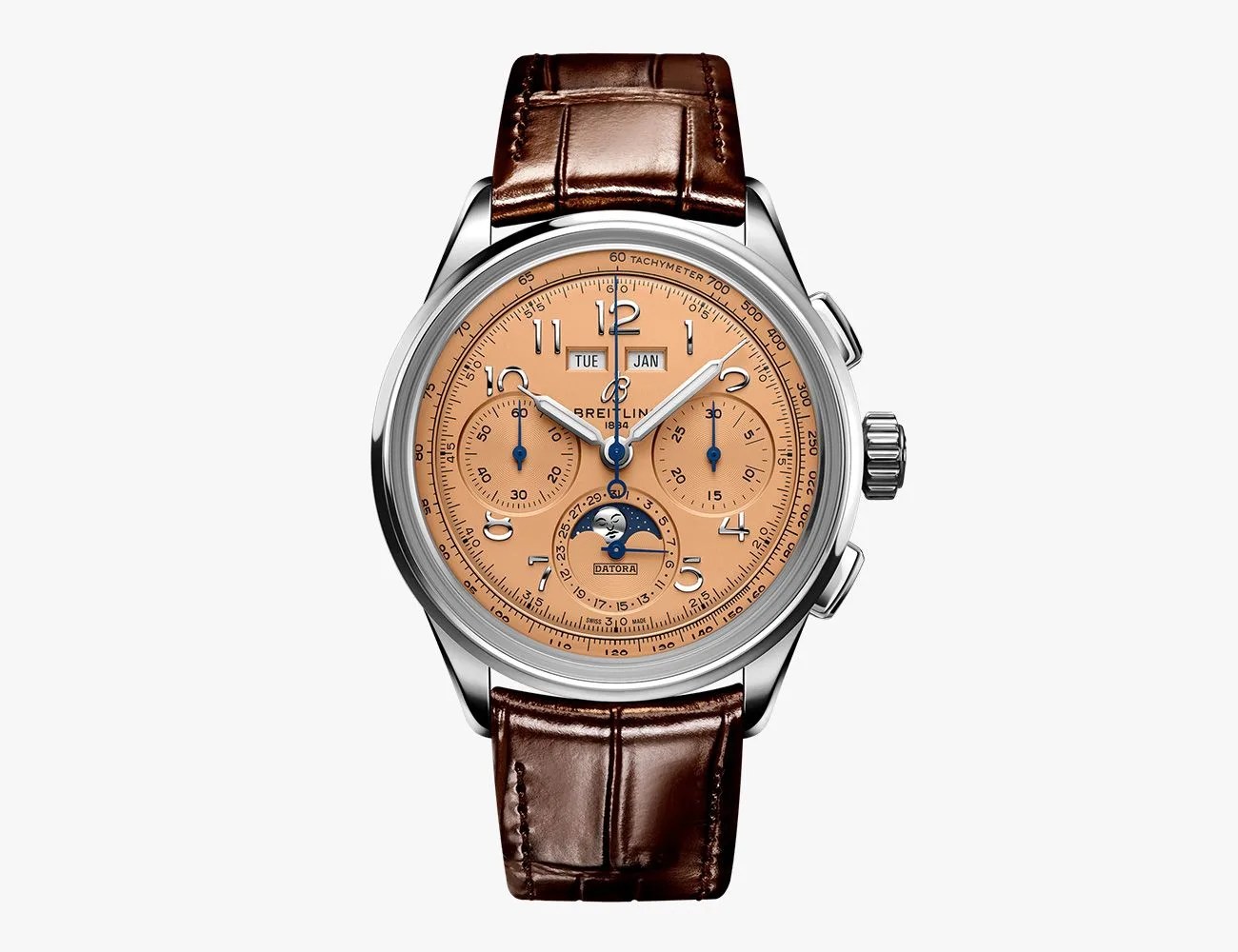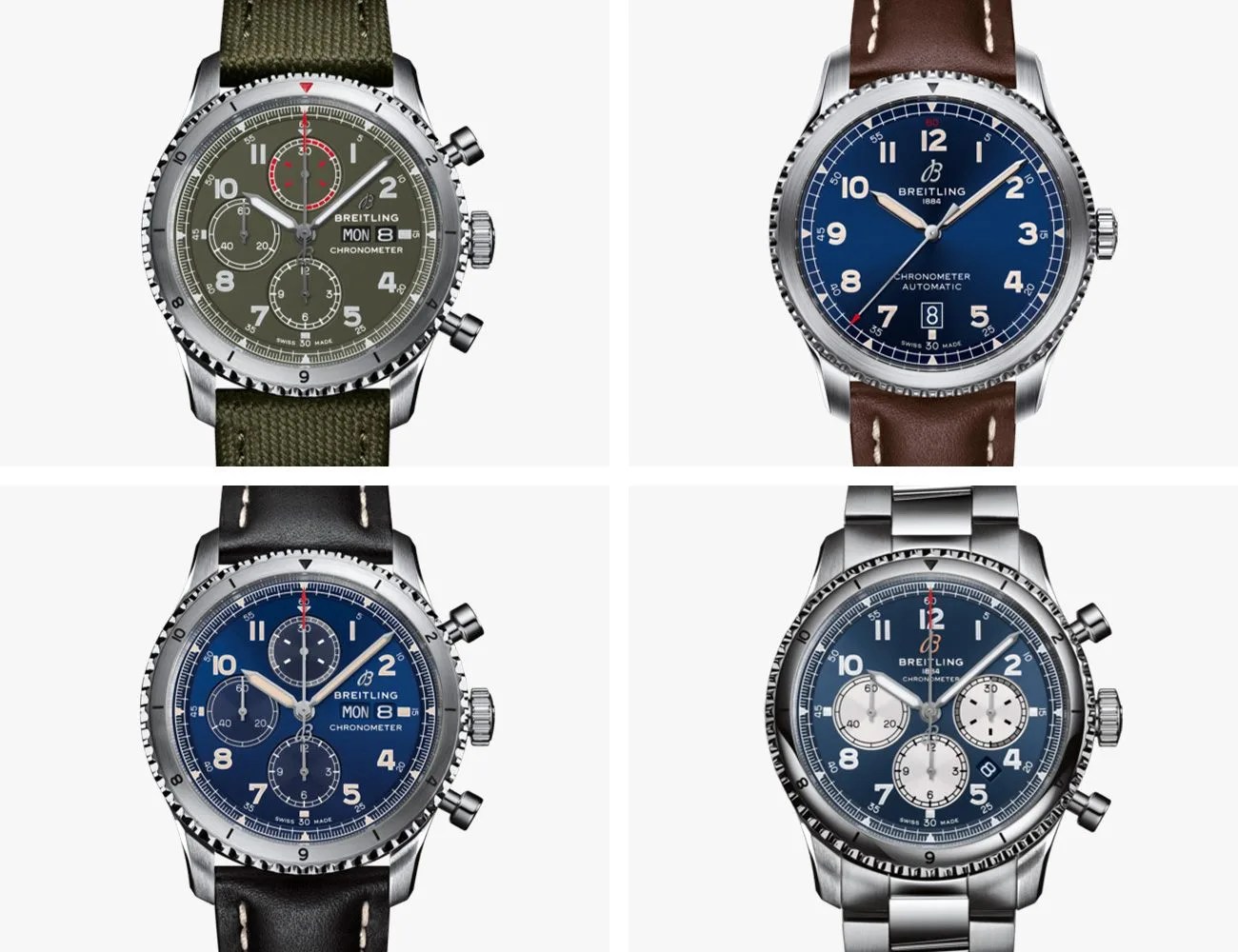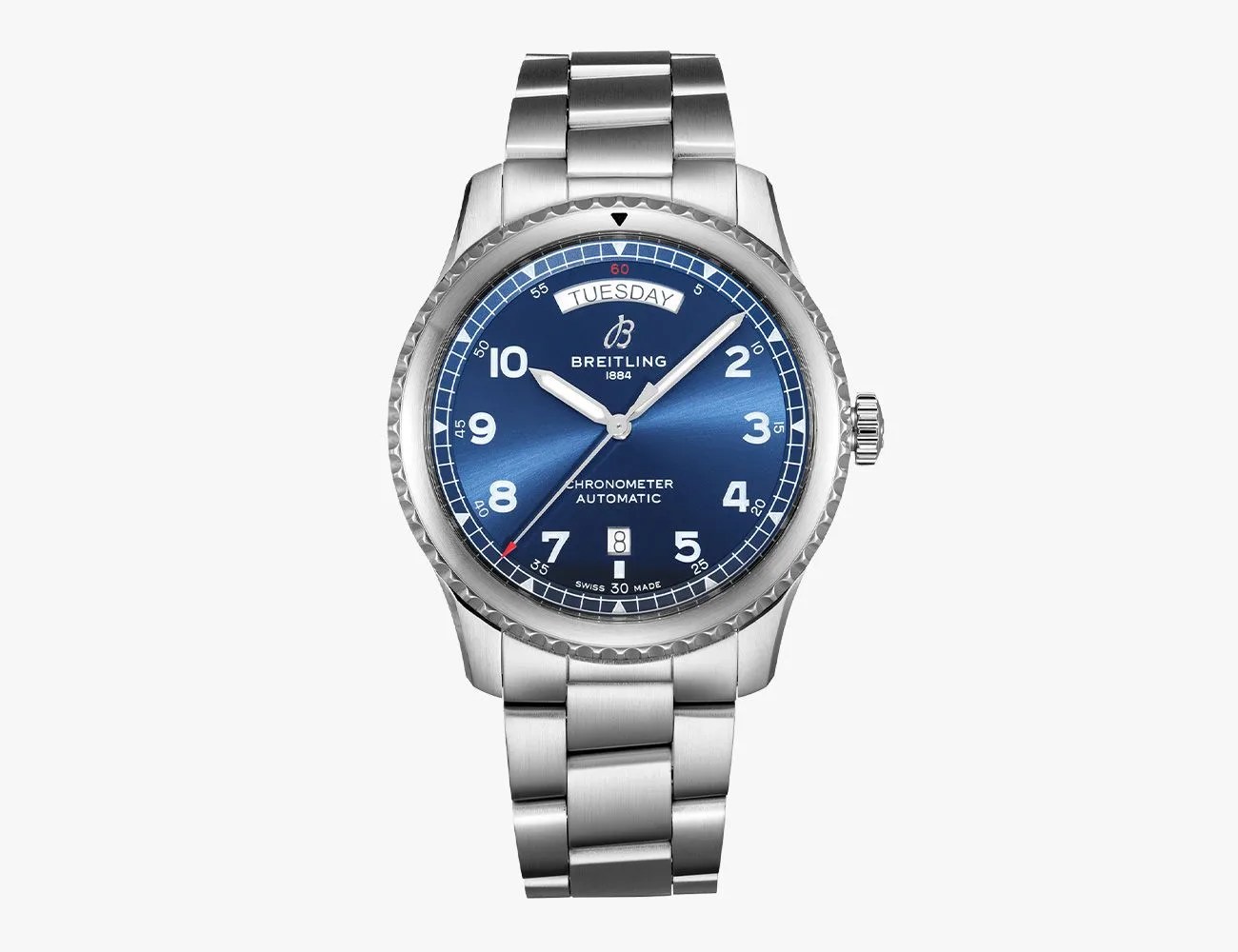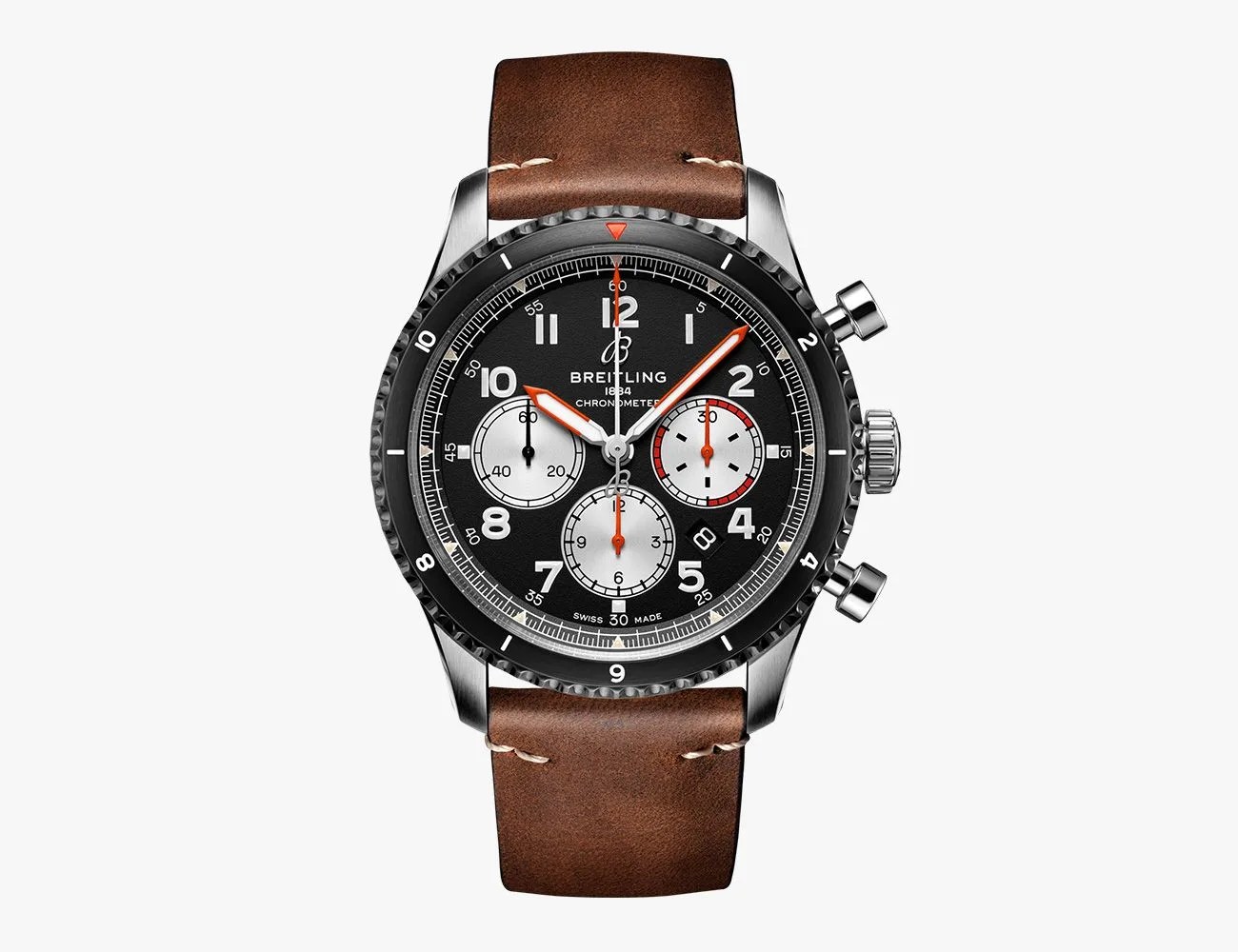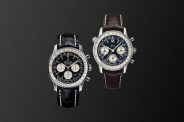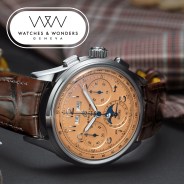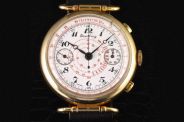Welcome to Brand Breakdown, a series of comprehensive yet easy-to-digest guides to your favorite companies, with insights and information you won’t find on the average About page.
Breitling, headquartered in Grenchen, Switzerland, remains one of the few independent large-scale Swiss watch brands. In addition to their global retail reach, they currently have fourteen boutiques located in the United States alone. If, however, you don’t live near an authorized Breitling dealer or prefer to shop online, this guide will help educate you on the brand’s vast catalog of offerings. Breitling has recently revised many of their collections and there is no better time than now to re-educate yourself on their wares.
To ensure a high level of time-keeping accuracy, all current Breitling watch movements are tested by the Swiss Official Chronometer Testing Institute (Contrôle Officiel Suisse des Chronomètres, or COSC). Watch movements that pass multiple rounds of stringent COSC testing earn the coveted “Chronometer” certification. Every new Breitling watch is a COSC-certified chronometer with maximum average deviations of -4 to + 6 (mechanical) and -/+ .07 seconds (quartz) per day.
Modern Breitling offers a robust catalog categorized by eight product lines, each of which represent distinct variations of sport-oriented timepieces with roots in the tradition of fine Swiss watchmaking. Breitling’s modern luxury watches also come in a variety of sizes, styles, and functional capabilities.
Breitling’s History
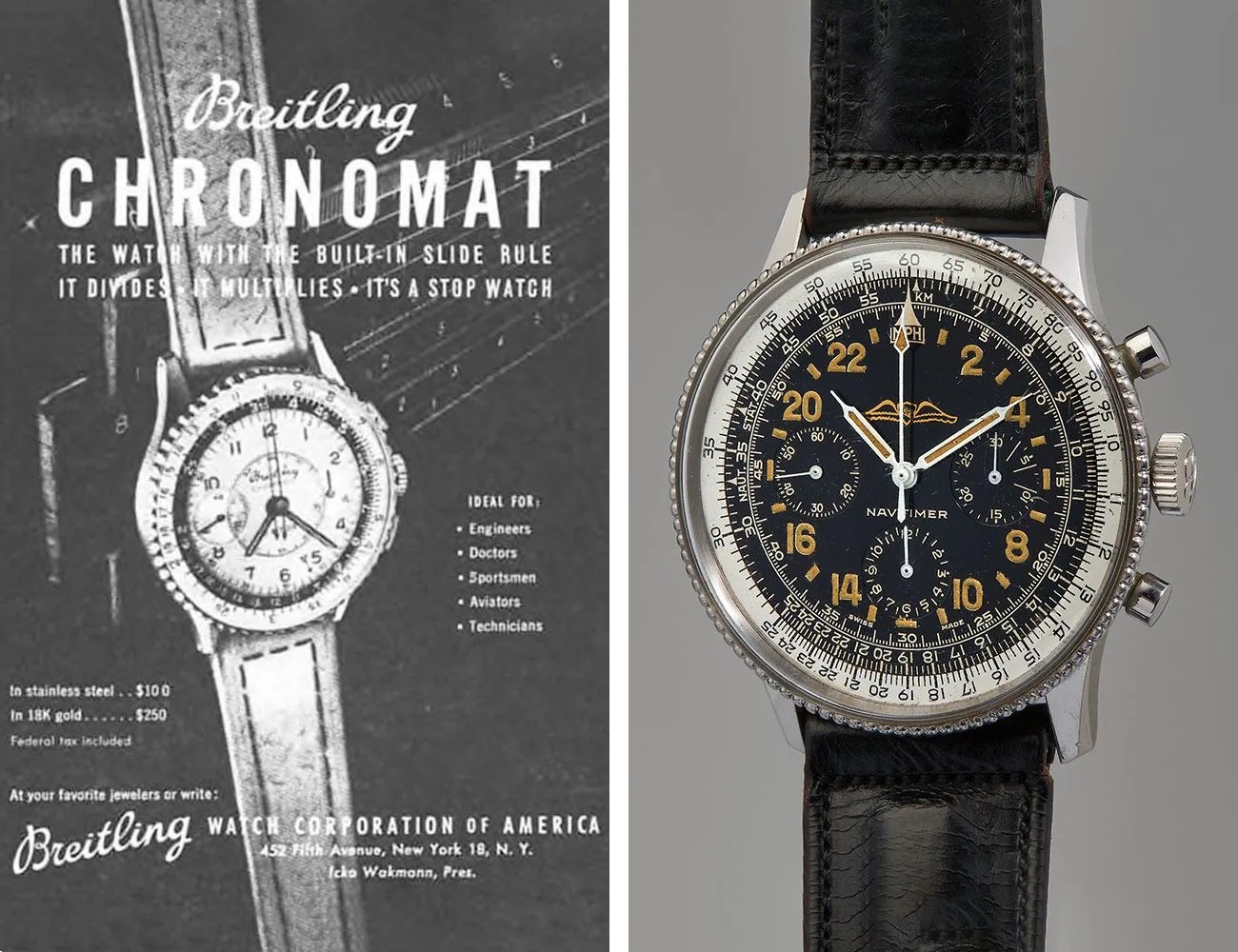
Breitling has been producing watches since 1884, and was the first watch company to move the chronograph activation button away from the crown in 1914. A significant game-changer came in 1932 when they added a second pusher to reset the chronograph. Breitling then innovated again in 1941 with the introduction of the Chronomat, the first watch with a basic circular slide rule on the rotating bezel, which was used for computations.

